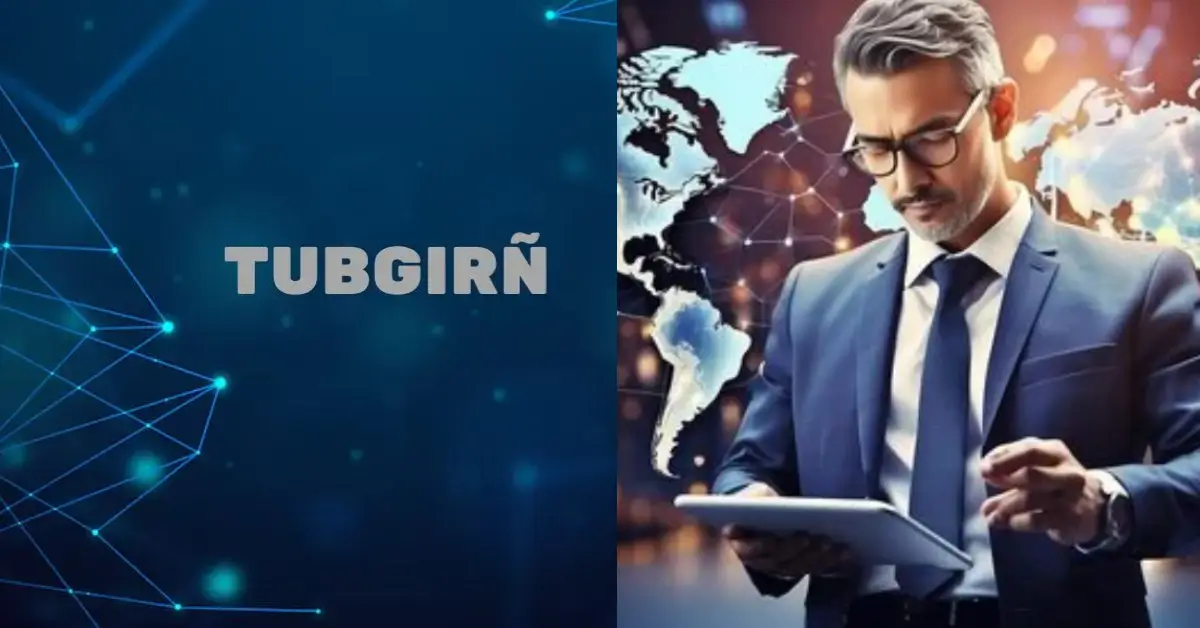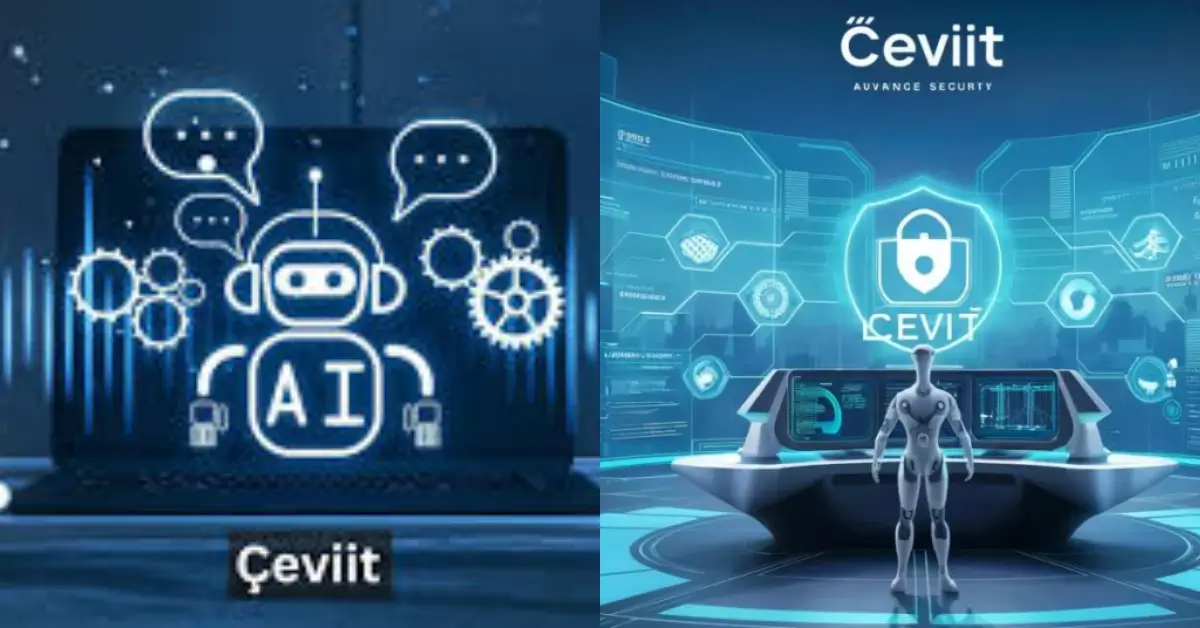In today’s digital world, where creativity meets technology, tools like https //www.microsoft.com /ink have revolutionized how we interact with devices, whether for note-taking, sketching, or boosting productivity. Imagine a world where digital ink flows as naturally as handwriting on paper, enhancing every experience—whether you’re a student, artist, or professional.
Microsoft has seamlessly integrated this innovative technology into its platforms, providing unparalleled user experiences. The Microsoft Ink API delivers power, precision, and efficiency to digital workflows, making everyday tasks like annotation and sketching effortless. Let’s dive deep into how https //www.microsoft.com /ink can elevate your digital world.
What is https //www.microsoft.com /ink?
At its core, https //www.microsoft.com /ink is a powerful digital ink tool designed to enhance user interaction on touchscreen devices and stylus-enabled platforms. It provides an intuitive experience for drawing, writing, and annotating on digital surfaces.
Whether you’re working on Windows 10 or 11, using a Surface Pro with a Surface Pen, or interacting on any compatible device, https //www.microsoft.com /ink offers precision, versatility, and a natural experience. This technology allows users to integrate digital ink into various applications, making it a go-to solution for both personal and professional use.
The versatility of https //www.microsoft.com /ink extends beyond basic note-taking or drawing. Its integration with Microsoft productivity tools like OneNote, PowerPoint, and Word enables users to create interactive presentations, mark up documents, and share ideas in real-time.
Whether you’re a creative professional, educator, or office worker, Microsoft Ink API ensures that your digital pen becomes a powerful tool for communication and collaboration.

Basics
Understanding the basics of https //www.microsoft.com /ink begins with recognizing its broad capabilities. The core feature of this tool is Ink API, which allows applications to detect, collect, and render ink strokes in real-time. This technology captures even the finest details of a stylus stroke, enabling precision and responsiveness that traditional input methods often lack.
By leveraging components like InkCanvas and InkPresenter, https //www.microsoft.com /ink provides developers with the tools they need to build ink-enabled applications. These apps allow users to write, draw, or sketch directly on the screen.
The platform supports multiple inputs, from fingers to styluses, enhancing accessibility and expanding its use across various devices. As the demand for digital interactivity grows, Microsoft Ink API remains at the forefront of innovation.
Read Also: Uruguay National Football Team vs Brazil National Football Team Stats
Microsoft Ink API App High-Level View
Building an ink-enabled app requires a clear understanding of the Microsoft Ink API and its core components. An application built with this API usually involves elements such as InkCollector for collecting ink strokes and InkRecognizer for converting handwritten text into typed text.
This allows for not only smooth rendering but also advanced recognition features, such as turning drawings into shapes or handwriting into editable text. One prominent example is how https //www.microsoft.com /ink interacts with Wacom tablets.
When paired with devices like the Surface Pro or other touchscreen laptops, the API captures detailed strokes using the RealTimeStylus component. The result is a highly responsive platform where users can take advantage of features like Ink-to-text conversion, sketching, and collaboration without any latency, ensuring that their creativity flows uninterrupted.
Microsoft Ink API Namespaces
To effectively develop applications that use Microsoft Ink, developers need to familiarize themselves with various Microsoft Ink API namespaces. These include classes and interfaces like RealTimeStylus, System.Windows.Controls, and Windows.Devices.Input, which are key to collecting and processing ink input.
Windows.Devices.Input is essential for handling stylus events, while Windows.UI.Input.Inking provides methods to manage input from digital pens. By mastering these namespaces, developers can build apps that support a wide range of functionalities, including pressure sensitivity and angle recognition, further enhancing the digital ink experience.
Learning About Microsoft Ink API Programming
Learning how to program with the Microsoft Ink API opens a world of possibilities. The first step is to explore the rich resources provided by Microsoft, such as the developer documentation and code samples.
These resources include step-by-step tutorials and in-depth guides to help developers create ink-enabled applications that harness the full potential of InkCanvas, InkPresenter, and RealTimeStylus. For developers interested in creating professional-grade applications, the integration of Ink-to-code features enables rapid prototyping.
By simply sketching out UI components on the screen, developers can quickly convert their drawings into functional code snippets using tools like Visual Studio, cutting down on development time and enhancing the overall design process.

Microsoft Ink Code Samples
The Microsoft Ink API provides numerous code samples to help developers kick-start their projects. From basic ink collection and rendering to more advanced features like shape recognition and Ink-to-text conversion, these samples showcase the flexibility and power of the API.
Many of these examples can be found on Microsoft’s developer documentation or on platforms like CodeProject, which offer community-driven examples and tutorials.
These code samples provide valuable insights into creating apps that can handle stylus input, support multiple devices, and allow for real-time collaboration. Whether you’re creating a simple note-taking app or a more complex drawing tool, these resources are a great starting point.
See Also
For additional resources, Microsoft provides comprehensive links to documentation and related tutorials. These include essential articles like “Pen Input, Ink, and Recognition” and “Accessing and Manipulating Stylus Input,” which offer deep dives into the technical workings of the Microsoft Ink API.
Additionally, platforms like YouTube and blogs on the Windows Developer website provide video tutorials and real-world examples of how to use Microsoft Ink in various scenarios.
Where To Get Help
If you’re looking for support while working with https //www.microsoft.com /ink, Microsoft and Wacom both offer extensive documentation and community support. Here’s a quick step-by-step guide to getting help:
- Visit the Microsoft Developer Portal for API documentation and programming guides.
- Explore the Wacom Developer Dashboard for integration support specific to Wacom tablets.
- Join the Microsoft Developer Community to ask questions and share insights.
- Access YouTube tutorials for hands-on demonstrations of coding with the Ink API.
Exploring the Versatility of https //www.microsoft.com /ink
The versatility of https //www.microsoft.com /ink is astounding. From note-taking to sketching and even document annotation, this tool offers a wide range of applications. Whether you’re a student annotating lecture notes or a designer drafting creative ideas, Microsoft Ink helps you work seamlessly across devices, offering intuitive pen-and-paper-like interactions.
Additionally, its integration with other Microsoft tools like OneNote and PowerPoint makes it a powerful asset for professionals. You can easily sketch diagrams, annotate documents, and share them in real-time with colleagues, all without leaving your app. The combination of flexibility and functionality makes https //www.microsoft.com /ink a must-have for any user.
Unleashing Creativity
With https //www.microsoft.com /ink, your creativity knows no bounds. Here’s how you can unlock your full potential:
- Precision Sketching: Use digital ink to create intricate designs with pinpoint accuracy.
- Natural Writing: Experience the fluidity of handwriting on digital devices, perfect for notes and brainstorming.
- Interactive Artwork: Draw and doodle with different pen types, colors, and effects to bring your ideas to life.
- Shape Recognition: Convert freeform drawings into perfect shapes with the built-in recognition tools.
- Real-Time Collaboration: Share your sketches and notes with others instantly, enhancing creative workflows.
Enhancing Productivity
In addition to creative uses, https //www.microsoft.com /ink is a game-changer for productivity:
- Quick Note-Taking: Jot down notes with virtual sticky notes, helping you stay organized.
- Ink-to-Text Conversion: Turn handwritten notes into digital text with ease.
- Document Annotation: Highlight, underline, and annotate documents directly in apps like Word.
- Task Management: Keep track of tasks by writing them down and converting them into reminders or lists.
- Streamlined Workflow: Integrate with OneNote to organize thoughts, tasks, and projects in one place.
Getting Started with Microsoft
Getting started with https //www.microsoft.com /ink is as simple as enabling the feature on your Windows device. Whether you’re using a Surface Pen on a Surface Pro or a compatible touchscreen laptop, the process is straightforward. First, ensure that your device has the necessary hardware, such as a stylus or pen-enabled screen, and that you’ve installed any required software updates.
Once set up, InkWorkspace provides you with easy access to your tools, including drawing and sketching applications. This workspace is your hub for creating and sharing digital ink experiences. Whether you’re sketching a masterpiece or marking up a document, Microsoft Ink API ensures everything runs smoothly.
Setting Up Microsoft Ink
Getting started with https://www.microsoft.com/ink is a seamless process. To begin, ensure that your device supports stylus input or a touch interface. Most Microsoft Surface devices, such as the Surface Pro or Surface Go, come equipped with native support for Microsoft Ink through the Surface Pen.
Other devices, like Wacom tablets or touchscreen-enabled laptops, also support Microsoft Ink when paired with the appropriate software. The next step is to update your Windows OS to the latest version—Windows 10 or Windows 11—and ensure that Ink Workspace is enabled.
This feature can be accessed directly from the taskbar, offering quick access to ink-enabled applications such as Sticky Notes, Snip & Sketch, and more. These apps provide a solid starting point for exploring the capabilities of Microsoft Ink in both personal and professional use.
Familiarizing Yourself with the Interface
Once Microsoft Ink is set up, take a moment to familiarize yourself with the user interface. The core of the experience revolves around Ink Workspace, a hub that brings together various ink-related tools and applications. From here, you can quickly launch commonly used tools like Sticky Notes for jotting down quick reminders, or Snip & Sketch for capturing and annotating screenshots.
At the heart of the Microsoft Ink experience is the InkCanvas, a versatile tool that allows users to draw, sketch, and write directly onto the screen. The intuitive layout and customizable tools make the interface user-friendly, catering to beginners and advanced users alike.
Whether you’re marking up a document or creating intricate designs, the fluidity and responsiveness of Microsoft Ink make every action feel natural and precise.
Harnessing Advanced Features
As you become more comfortable with the basics, it’s time to explore the advanced features that set Microsoft Ink apart. One of the most powerful features is Ink-to-Text Conversion, which allows users to write by hand and have their handwriting automatically converted into typed text.
This feature is especially useful for students, professionals, and anyone who needs to take notes quickly while keeping them digitally organized. Another notable feature is Ink-to-Code, which is designed for developers. Using Visual Studio, this feature converts hand-drawn UI elements into functioning code snippets, saving developers time and improving workflow efficiency.
Additionally, InkPresenter and InkRecognizer provide advanced capabilities for recognizing gestures and converting drawings into shapes, making Microsoft Ink a powerful tool for both creative and technical professionals.

Collaboration and Sharing
One of the standout benefits of Microsoft Ink is its ability to enhance collaboration and sharing. In today’s remote-working environment, digital tools that foster real-time collaboration are invaluable.
With Microsoft Ink, users can annotate and mark up documents directly in apps like Word, OneNote, and PowerPoint. These annotations can be shared with colleagues in real-time, making it easier to collaborate on projects and presentations.
The integration with Microsoft Teams further boosts productivity by allowing users to share their screen, write, and draw on shared documents during meetings. Whether it’s sketching ideas or making edits during a brainstorming session, the collaborative potential of Microsoft Ink enhances communication and efficiency across teams.
Integrating with Other Microsoft Tools
Microsoft Ink shines even brighter when used in conjunction with other Microsoft tools. Its seamless integration with OneNote allows users to take handwritten notes that can be easily organized, edited, and searched later.
OneNote’s capability to search handwritten text through InkRecognizer is a game-changer for students and professionals who prefer the feel of writing by hand but need the organizational power of digital tools. Microsoft Ink also integrates with Word and PowerPoint, giving users the ability to annotate documents and presentations directly.
With features like Ink Replay, users can replay their handwritten notes or drawings in real-time, making presentations more interactive and engaging. The synergy between Microsoft Ink and the Office suite of tools makes it a must-have for enhancing both personal and professional productivity.
Read Also: Kase Abusharkh Journey
Quick Facts
- Microsoft Ink is supported on devices like the Surface Pro, Wacom tablets, and touchscreen laptops.
- It offers powerful features like Ink-to-Text and Ink-to-Code for converting handwritten notes and sketches into digital text or functional code.
- Ink Workspace provides easy access to tools like Sticky Notes, Snip & Sketch, and more.
- Microsoft Ink is compatible with key Microsoft tools like OneNote, PowerPoint, and Word.
- InkCanvas and InkPresenter allow for fluid, real-time interaction on touchscreen devices.
Conclusion
https://www.microsoft.com/ink is a transformative tool that enhances digital creativity and productivity. Whether you’re a student taking notes, an artist sketching your next masterpiece, or a professional collaborating on a project, Microsoft Ink provides the versatility, precision, and power you need to succeed.
Its seamless integration with Microsoft Office tools, advanced features like Ink-to-Code, and support for real-time collaboration make it an indispensable tool in today’s digital landscape. Explore the endless possibilities of Microsoft Ink today and unlock your full potential in both creativity and productivity.
FAQs (Frequently Asked Questions)
What devices support Microsoft Ink?
Microsoft Ink is compatible with devices that feature stylus support or a touchscreen, including Surface Pro, Surface Go, Wacom tablets, and many touchscreen laptops. It’s built into the Windows 10 and Windows 11 operating systems.
Can I convert handwritten notes into text using Microsoft Ink?
Yes, Microsoft Ink offers an Ink-to-Text feature that converts handwritten notes into typed text. This is particularly useful in apps like OneNote and Word for converting your sketches or notes into editable text.
How do I access the Ink Workspace on my device?
To enable Ink Workspace, right-click on the taskbar and select Show Windows Ink Workspace. Once enabled, you can access tools like Sticky Notes and Snip & Sketch directly from your desktop.
What applications support Microsoft Ink?
Microsoft Ink integrates seamlessly with applications like Word, PowerPoint, and OneNote. You can also use it in other ink-enabled programs such as Visual Studio, Snip & Sketch, and Paint 3D.
Is it possible to share annotations made with Microsoft Ink?
Yes, annotations created with Microsoft Ink can be shared within documents or presentations. You can also collaborate on shared documents in real-time via Microsoft Teams or cloud services like OneDrive.
What is Ink-to-Code?
Ink-to-Code is a feature designed for developers, allowing users to sketch UI elements by hand, which are then converted into functional code within Visual Studio. It speeds up the prototyping process and helps create quick UI mockups.
Can I draw with Microsoft Ink on non-Microsoft devices?
Yes, Microsoft Ink works on any device that supports a stylus or touch input, including non-Microsoft devices like Wacom tablets and various other touchscreen-enabled laptops.
Is Microsoft Ink useful for professional work?
Absolutely. Microsoft Ink enhances productivity with features like Ink-to-Text, Ink-to-Code, and integration




